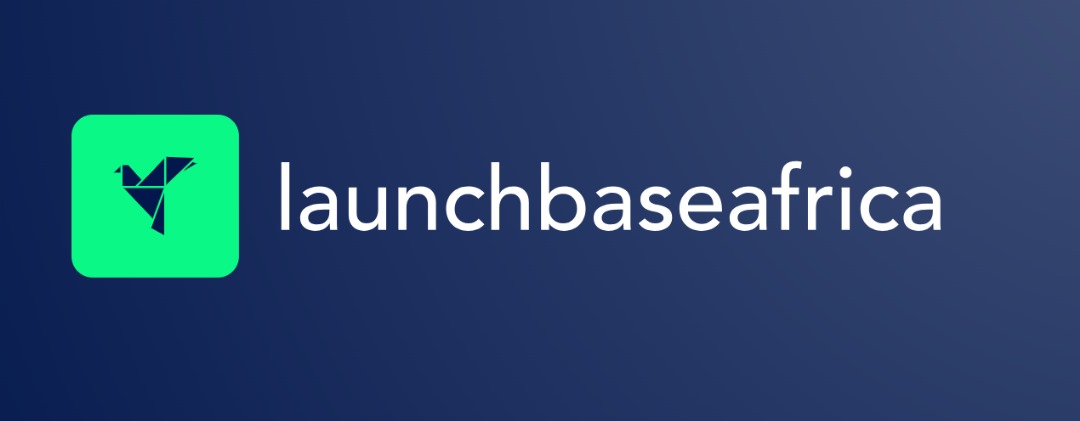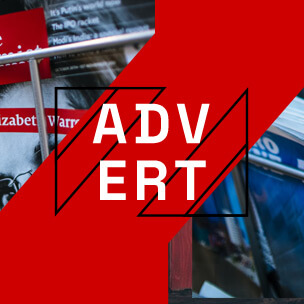After a long, subdued period for tech IPOs, the Johannesburg Stock Exchange (JSE) has just seen a significant debut. Optasia, a Dubai-based, AI-driven fintech focused on emerging markets, successfully listed on November 4, achieving a market capitalisation of R23.5bn (approx. $1.3bn).
The listing is a major bellwether for the African tech ecosystem, offering clear lessons on what it now takes to go public. Optasia’s IPO, which was multiple times oversubscribed, wasn’t built on a “growth-at-all-costs” story. Instead, it was built on a $150m revenue line and $36m in net profit for 2024.
For a startup ecosystem starved of major exits, Optasia’s debut suggests the window is reopening — but the rules of entry have changed completely.
The Deal and the Anchor
The Initial Public Offering was priced at R19.00 per share, the top end of its guided range, raising R6.5bn ($375m). The strong institutional demand, both local and international, stands in sharp contrast to the cautious funding environment of the past 36 months.
But the most significant signal came not from the public markets, but from a strategic investor.
In a concurrent transaction, FirstRand Group, one of SouthAfrica’s largest financial institutions and parent of First National Bank (FNB), acquired a 20.1% strategic stake for R4.7bn. This move serves as a powerful validation of Optasia’s model. The connection is deepened by Optasia’s chairman, Michael Jordaan, the prominent fintech investor who previously served as CEO of FNB.
The IPO provides both an exit for early backers and new capital for expansion.
- Early Investors: 238m shares were sold by existing shareholders, including Chronos Capital and TRF Africa Optasia Consortium.
- New Capital: 68.5m new shares were issued, with Optasia planning to use the funds to finance expansion in markets like Kenya, Egypt, and Indonesia.
The Lesson: A “Capital-Light” AI Model
Unlike many fintechs that rely on raising vast sums to fund their own loan books, Optasia operates on a capital-light B2B2X model. It is a platform, not a bank.
This model is the key to its profitability and scalability:
- The Platform: Optasia provides a proprietary AI-driven platform to its partners.
- The Partners: These are primarily Mobile Network Operators (MNOs) like MTN Group (via MoMo) and Vodacom (via M-Pesa), as well as traditional banks.
- The Service: The AI algorithm analyses thousands of data points to generate instant credit-scoring for underbanked individuals.
- The Product: This scoring allows partners to disburse micro-loans (averaging just $5) and airtime credit.
Crucially, Optasia does not use its own balance sheet for the lending. Its banking partners provide the liquidity, while Optasia’s platform underwrites the default risk. The company, which evolved from its 2012 origins as airtime credit provider Channel VAS, now processes over 31m transactions daily for 120m active monthly users.
This infrastructure-led approach allows it to scale across 38 countries without the massive capital burden and regulatory load of a balance-sheet lender.
A New Template for African Tech Exits?
Optasia’s successful debut provides a clear template for the 2025 funding market, putting the era of funding speculative, cash-burning models on defense.
Optasia’s IPO is signaling a shift: investors appear to be moving beyond compelling stories of financial inclusion for the world’s 1.7bn unbanked and are now demanding proven, operationally mature, and cash-flow-positive businesses.
For the JSE, which has struggled to attract major tech listings, Optasia’s debut under the ticker ‘OPA’ is a significant win. It demonstrates that the exchange can provide a viable exit path for mature, high-growth technology companies operating in Africa and other emerging markets.
The key lesson from Optasia’s listing is unambiguous: the market is open for exits, but only for the companies that have already done the hard work of building a sustainable, profitable business.


